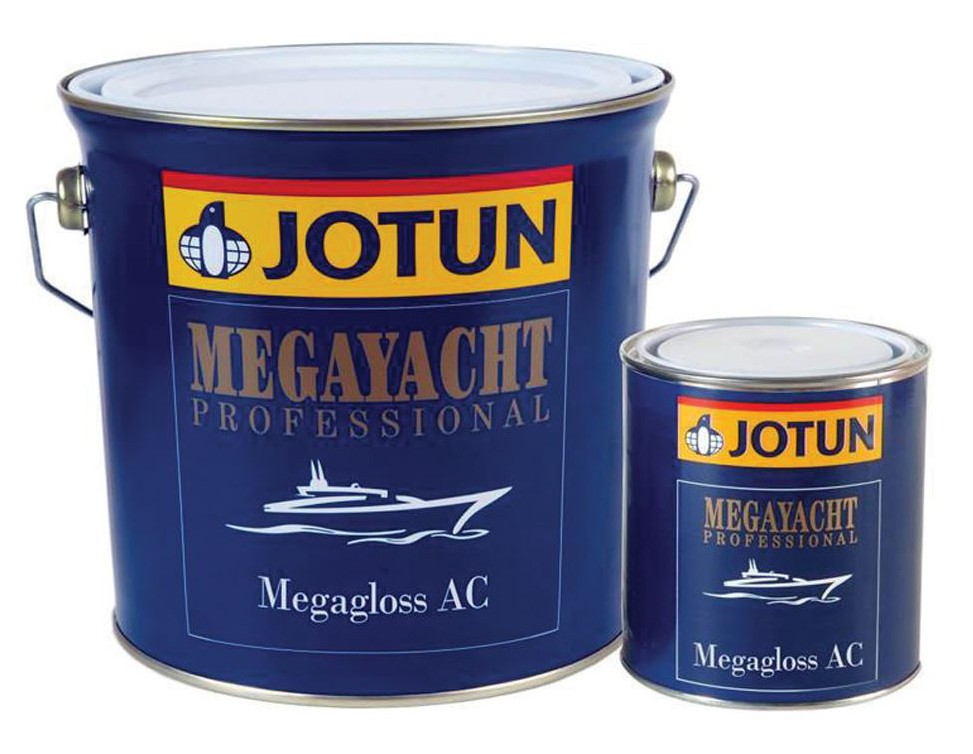Purpose of Topcoats
Topcoat paints serve as the final layer in a coating system, providing protection, durability, and aesthetic appeal. They shield surfaces from UV exposure, moisture, chemicals, and abrasion while enhancing colour retention and gloss. Used across industries such as construction, automotive, marine, and industrial applications, topcoats extend the lifespan of surfaces, reduce maintenance, and ensure compliance with performance and safety standards.
Without a topcoat, primers or base layers are vulnerable to environmental damage, leading to premature deterioration. The right topcoat enhances both performance and longevity.
Main Types of Topcoat Paint
Several topcoat types are available, each suited to specific conditions and applications:
- Acrylic Topcoats
- Water- or solvent-based, offering excellent UV resistance and colour retention.
- Fast-drying and low in VOCs, making them an environmentally friendly choice for buildings and vehicles.
- Epoxy Topcoats
- Highly durable, chemical- and abrasion-resistant, commonly used in industrial and commercial settings.
- Not UV-stable, so generally used in situations where exposure to sunlight is minimal or where cosmetic UV degration is not a prime consideration
- Polyurethane (PU) Topcoats
- Flexible, impact-resistant, and weatherproof, ideal for automotive, marine, and industrial applications.
- Available in high-gloss finishes and are usually solvent-based formulations.
- Alkyd Topcoats
- Oil-based coatings known for their smooth application and good adhesion.
- Slower drying but durable, often used in industrial and structural applications.
Topcoats also come in single pack or 2-pack forms.
- Single-Pack Topcoats (such as Jotun Conseal Touch-Up or SML Lustre Silicone Alkyd Gloss Topcoat)
- Pre-mixed and ready to use straight from the can.
- Cures either by reacting with air or by solvent evaporation.
- Easier to apply and requires less preparation.
- Less durable and more prone to wear, fading, and chemical damage.
- Commonly used for general-purpose applications
- Generally a lower cost option compared to 2-pack topcoats
- 2-Pack Topcoats (such as Jotun Hardtop AX or SML Lustre Polyurethane Gloss Topcoat)
- Comes in two components: a base (paint) and a hardener (catalyst), which must be mixed before application.
- Cures through a chemical reaction, making it much harder and more durable.
- Higher resistance to chemicals, UV light, and physical wear.
- More complex to apply, often requiring professional equipment and safety precautions.
- Ideal for performance applications, such as automotive, marine, and industrial coatings.
Key Considerations When Selecting a Topcoat
Selecting the right topcoat depends on several factors:
- Substrate Material - Compatibility with metal, wood, concrete, plastic, and previous coatings is essential.
- Environmental Conditions - Consider UV exposure, temperature changes, humidity, and chemical exposure. Marine and industrial environments require highly resistant coatings.
- Durability Needs - High-traffic or extreme conditions demand tougher coatings with superior abrasion resistance.
- Aesthetic Preferences - Gloss level (matt, satin, gloss, high-gloss) affects appearance and ease of cleaning.
- Application Method - Some topcoats require spraying, while others can be brushed or rolled.
- Drying and Curing Time - Quick-drying options like acrylics are ideal for time-sensitive projects, while epoxies and polyurethanes take longer to cure.
- Regulatory Compliance - VOC restrictions and environmental concerns may dictate solvent- or water-based options.
Key Steps in Applying Topcoats
Proper application ensures durability and performance. Please refer to product application guides for detailed information on specific products
Step 1 - Surface Preparation
- Clean thoroughly to remove contaminants.
- Sand or abrade if needed for better adhesion.
- If painting on a new or prepared bare substrate a primer will usually be required. It is important to ensure that the primers and topcoats are compatible both with each other and the underlying substrate. More information can be found here
Step 2 - Mixing and Thinning
- Follow manufacturer instructions, especially for two-component coatings.
- Adjust viscosity with thinners as needed for spray, brush, or roller application.
Step 3 - Application
- Apply evenly in thin layers to avoid runs or sagging.
- Use the appropriate technique for the coating type and surface.
Step 4 - Drying and Curing
- If multiple coats are required, allow proper drying times between coats.
- Follow recommended curing times before exposing the surface to harsh conditions.
Step 5 - Inspection and Maintenance
- Check for defects like bubbles or pinholes.
- Regular cleaning and periodic recoating extend longevity.
Topcoat Frequently Asked Questions (FAQ's)
The FAQ's below are for general guidance only. For specific questions, please refer to the application guides on our product pages, or give us call and we will answer any questions that you have.
Q. What is a topcoat, and why is it important?
A. A topcoat is a protective layer applied over a base coat or primer to enhance durability, appearance, and resistance to wear, moisture, and chemicals. It helps extend the lifespan of a surface and improves its finish.
Q. How many coats of topcoat should I apply?
A. Generally, one or two coats are recommended for the best durability and even coverage. Multiple thin layers work better than thick coats, and light sanding between coats can improve adhesion and overall finish.
Q. What is the difference between single-pack and two-pack (2-pack) topcoats?
A. Single-pack paints are ready to use, air-dry, and are easier to apply, but they are less durable. Two-pack paints require mixing with a hardener, chemically cure, and are much tougher and more resistant to chemicals, abrasion, and UV exposure.
Q. How long does a topcoat take to dry and fully cure?
A. Single-pack paints usually dry within one to four hours and fully cure in seven to fourteen days. Two-pack paints may dry in thirty minutes to a few hours, but full curing can take several days to weeks, depending on the product and conditions.
Q. Can I apply a topcoat directly over old paint, or do I need a primer/tie coat?
A. It depends on the condition and type of the old paint. If the old paint is in good condition and compatible, you can apply a topcoat after light sanding. If the surface is glossy, peeling, or a different type of paint, use a tie coat or primer to ensure proper adhesion.
Q. Do I need to sand between coats of topcoat?
A. Yes, light sanding with fine-grit sandpaper (240-320 grit) between coats helps with adhesion and smooths out imperfections. However, follow manufacturer guidelines, as some topcoats don’t require sanding between layers.
Q. What’s the best way to apply a topcoat—brush, roller, or spray?
A. A brush is good for small areas and detailed work but may leave brush marks. A roller works well for large flat surfaces but can create slight texture. A spray provides the smoothest and most even finish but requires proper equipment and ventilation.
Q. How do I prevent bubbles, streaks, or brush marks in a topcoat?
A. Apply thin, even layers. Use high-quality brushes, rollers, or a spray gun. Avoid overworking the paint. Apply within specified temperature and humidity levels as specified in the applciation guide. Lightly sand between coats if necessary.
Q. Can I apply a 2-pack topcoat over a single-pack base coat?
A. It’s generally not recommended. 2-pack topcoats contains aggressive solvents that may react with single pack paints, causing blistering. Test for compatibility by painting a small area first. If the new paint dries without causing a reaction, you can then proceed.
Q. How do I make my topcoat more durable and resistant to scratches or chemicals?
A. Using a two-pack (2K) topcoat provides maximum durability. Applying multiple thin layers instead of one thick coat helps improve strength. Allowing for proper curing time before heavy use is crucial. A clear protective coating or sealer can also enhance longevity.
Q. Can a topcoat be used for waterproofing?
A. Some topcoats provide water resistance, but for full waterproofing, it's best to use products specifically designed for marine or outdoor use, such as epoxy or polyurethane coatings.
Q. What’s the best topcoat for outdoor use or UV resistance?
A. Polyurethane is a good choice for UV resistance and durability on wood, metal, and concrete. Acrylic or epoxy-based topcoats work well in extreme weather and provide chemical resistance. Marine-grade topcoats are ideal for boats and high-humidity environments.
Q. How do I fix issues like peeling or flaking topcoat?
A. First, identify the cause, which could be poor adhesion, moisture, or surface contamination. Sand down the affected area and remove loose paint. Apply a primer or tie coat if needed, then reapply the topcoat in thin, even layers.

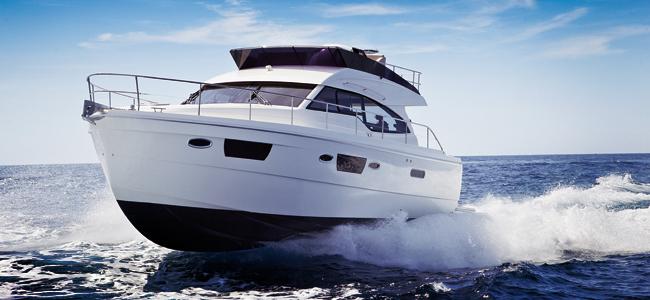
 Loading Products...
Loading Products...
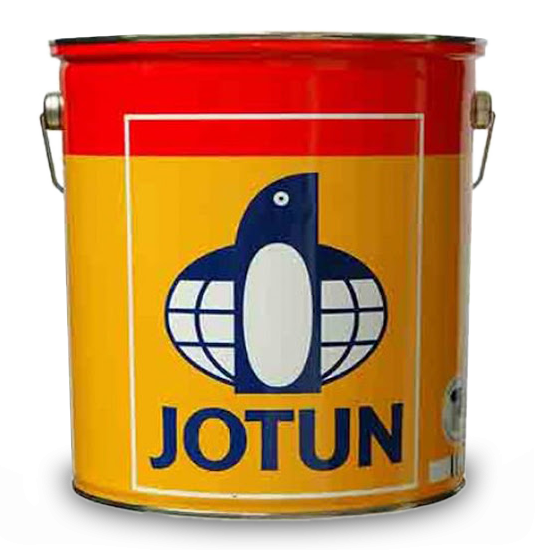
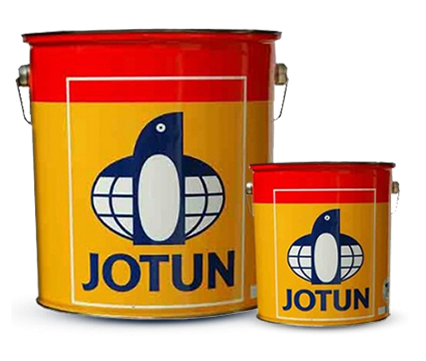
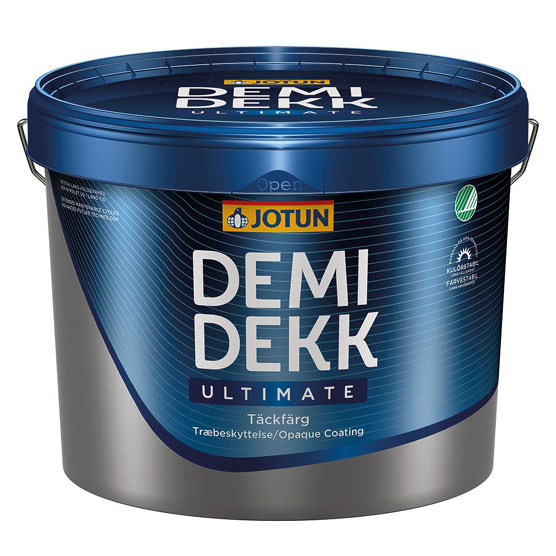
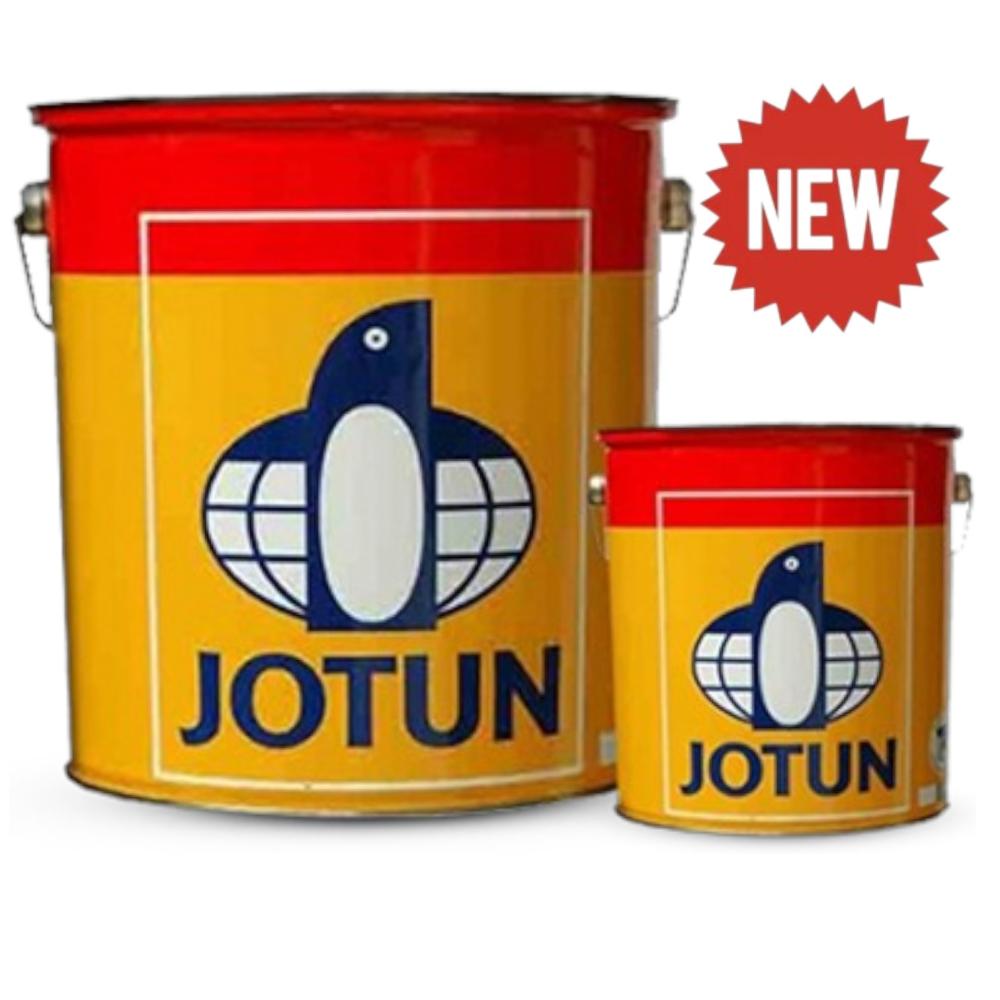
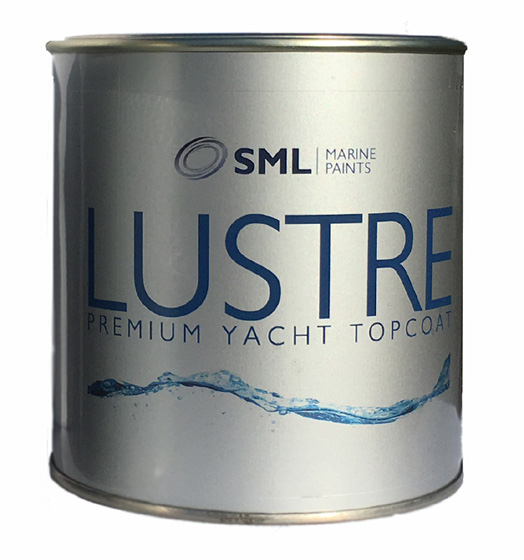
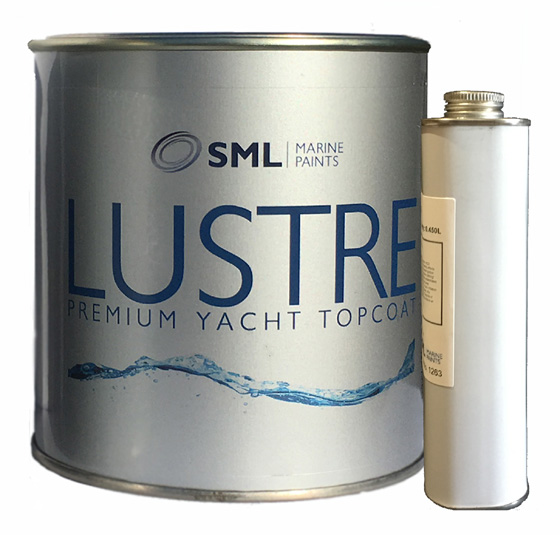
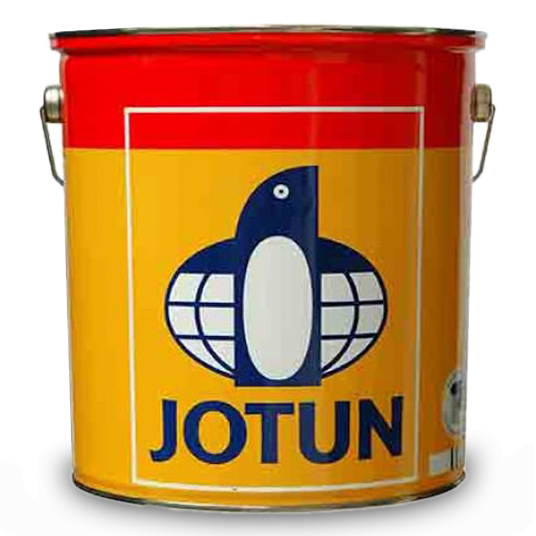
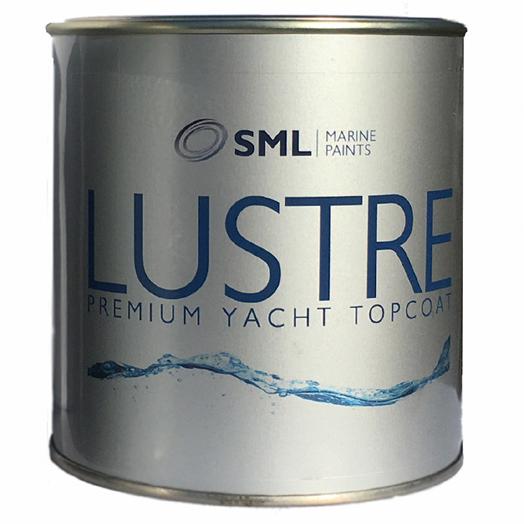
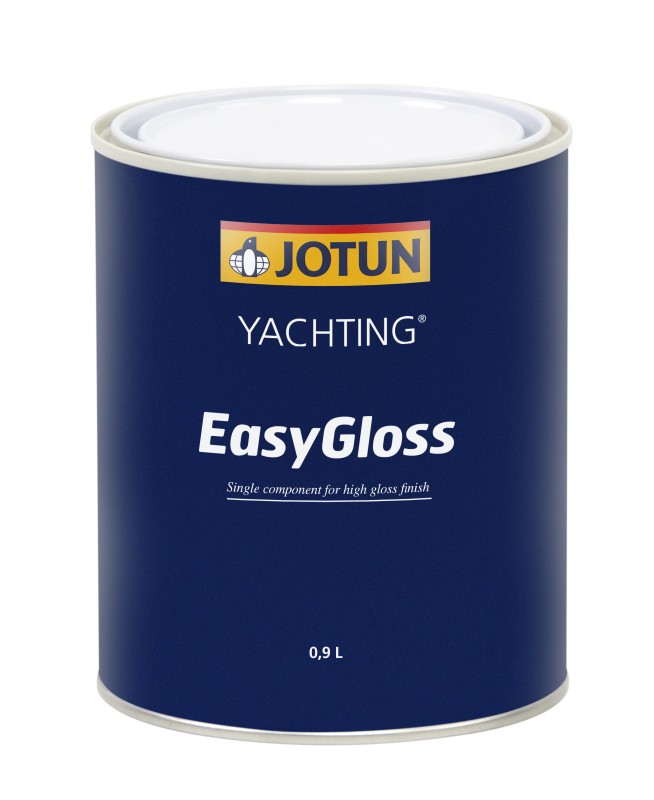

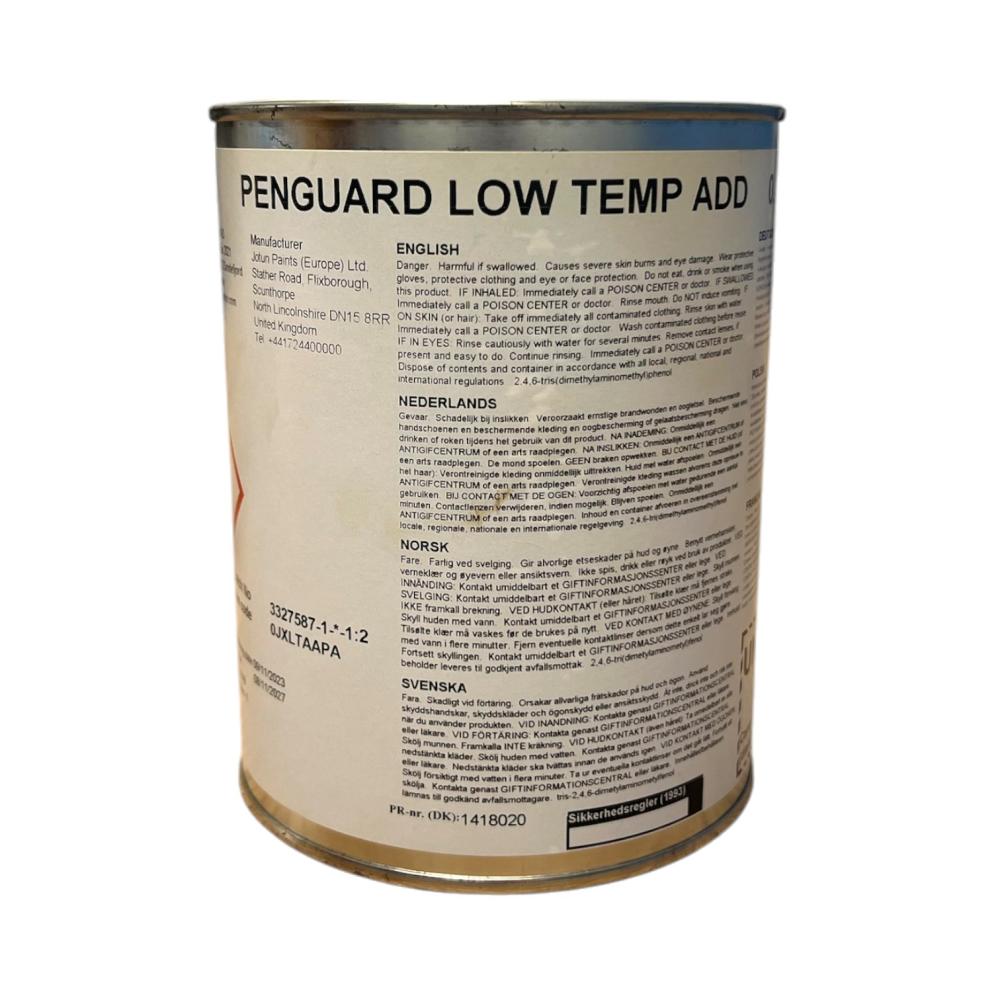
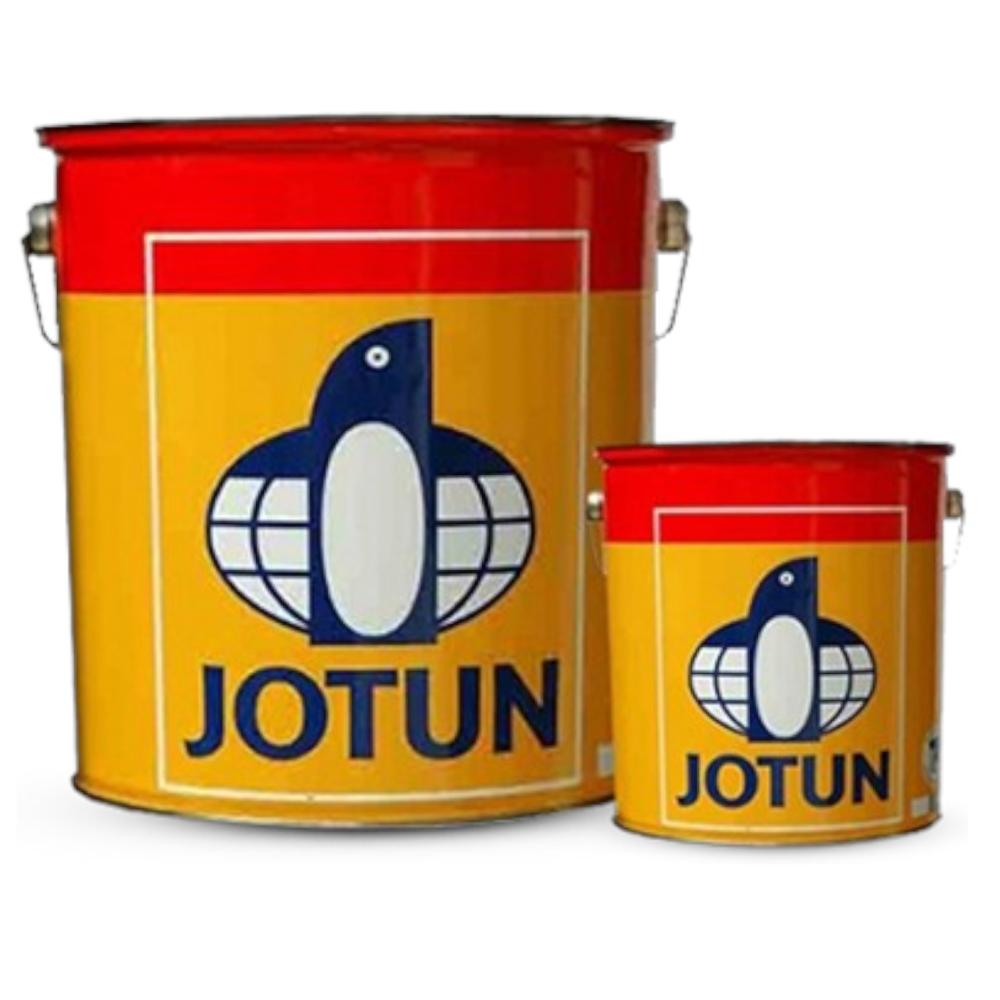
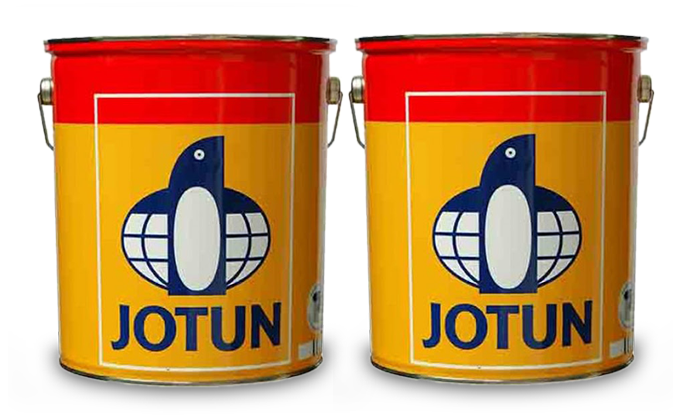
.png)
